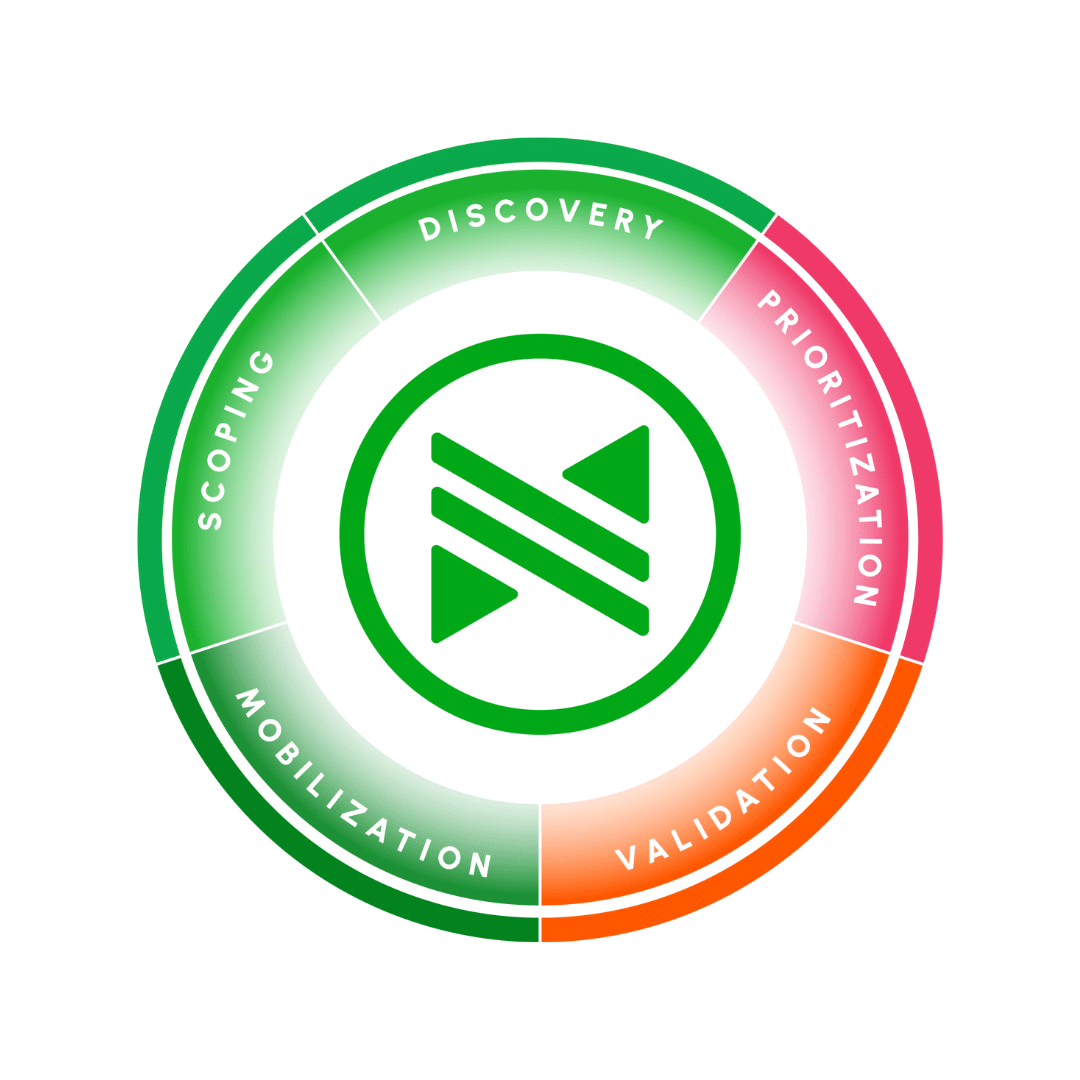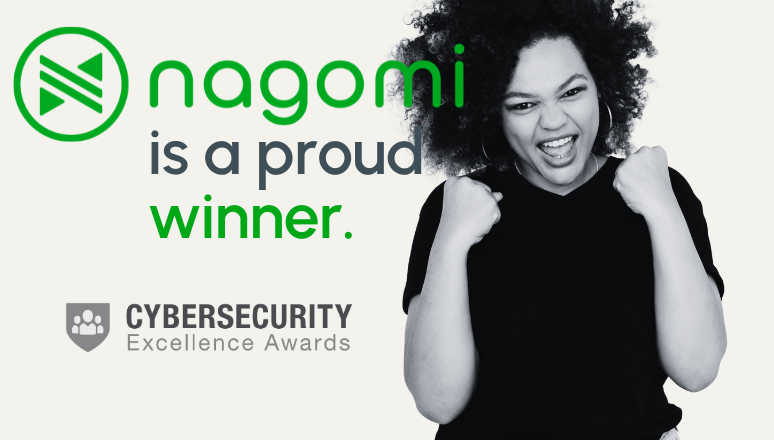
Table of Contents
Staying ahead of cyber threats can feel like a never-ending game of cat and mouse. As soon as you patch up one potential weakness, attackers are already finding the next. But acting reactively is not enough. Instead, you need to predict the mouse’s next move before it has the chance to run.
This is where Continuous Threat Exposure Management (CTEM) steps in. It’s a more proactive approach to threat management that allows you to find and fix weaknesses in your system before attackers can find them.
What is Continuous Threat Exposure Management (CTEM)?
CTEM isn’t a tool or program; it’s a structured approach, a framework if you will, that was coined by Gartner in 2022 to help improve your organization’s security posture.
Previously, the most common approach to threat management was to detect and address cybersecurity issues as they emerged. But with today’s threat landscape being so prolific and evolving so rapidly, this is no longer an adequate solution.
So what was Gartner’s answer to this problem? It created a 5-step approach that continuously monitors, assesses, prioritizes, and resolves potential security issues, so your defensive wall remains so strong that it’s far harder for attackers to break through.
While CTEM isn’t a tool in itself, it does emphasise using various security tools and threat intelligence platforms as part of your overall CTEM strategy.
How Does CTEM Differ From Traditional Security Approaches?
We’ve already alluded to the fact that CTEM offers a new and improved departure from traditional vulnerability management approaches. But what are the main differences?
In a nutshell, traditional ways of managing vulnerabilities were decidedly reactive. You’d work to detect a threat, and then aim to remediate it. What’s more, this was a periodic process, carried out at regular intervals or on an ad hoc basis.
In contrast, CTEM cybersecurity supports digital transformation by proactively getting ahead of risks, and working nonstop to achieve this through continuous monitoring.
Why? It’s a far more effective approach to keeping up with today’s ever-changing attack surface. Not only does CTEM allow a faster response to threats and vulnerabilities, but it also allows for a deeper and more contextual assessment of your digital assets, rather than previous broad but shallow vulnerability flagging. It’s like having a full health checkup rather than a brief body scan.
By 2028 organizations that have implemented continuous threat exposure management with special focus on mobilization, across business units, will see at least 50% reduction in successful cyber attacks.”
Gartner, Use Continuous Threat Exposure Management to Reduce Cyberattacks <– Download
Why Implement CTEM? The Problem it Solves
Why was a new system for threat exposure management needed? Gartner explains that traditional, reactive methods couldn’t keep pace with the fast growth of digital attack surfaces and evolving cyber threats.
Because of this, organizations would scan for vulnerabilities and come back with huge, unmanageable lists of exposures. There were many more than could be realistically fixed, and some that were just unfixable. But without a clear way of judging which of these issues mattered most, time and resources were being wasted working on low-risk problems while bigger ones remained untouched. Even if progress was made, it usually wasn’t accurately measured to demonstrate how security efforts reduced overall risk.
CTEM is designed to solve this issue, offering you a way to move beyond endless vulnerability lists and towards a smarter, more strategic approach to risk management, actionable security, and implementing security controls effectively.
The Five Stages of Continuous Threat Exposure Management
Continuous Threat and Exposure Management is carried out in five specific steps. Follow each one carefully and you’ll have a comprehensive, effective method for managing security risks.
Stage One: Scoping
So, how do you start the CTEM process? First, you must scope your attack surface to identify what exactly needs to be protected and where your priorities lie. During this step, you’ll need to ask yourself: what types of digital assets does my organization currently have, and which are most critical? These are potentially entry points for attackers and need to be focused on.
Think of this step as mapping out a house and making a floor plan. You need to know where everything is before you go looking for misconfigurations or flaws.
If your company is one of the many now using software-as-a-service (SaaS) platforms, don’t forget to include these in your scoping process, as they can also contain weaknesses that are chinks in your existing security armour.
Stage Two: Discovery
The scoping stage was all about breadth—planning which types of assets need to be prioritized. In the discovery phase, you go deeper, focusing on identifying all individual assets within your defined boundaries (including the hidden ones).
Once you’ve pinned all these down, you can evaluate them for vulnerabilities or weaknesses that could be exploited by an attacker. Don’t just look for well-known flaws, often known as common vulnerabilities and exposures (CVEs). Instead, make sure you’re considering any and all potential risk points using threat intelligence.
Whereas during scoping, you noted which rooms existed in your digital environment, you’re now turning the lights on in each room to check its condition and where work needs to be done.
Remember, the discovery phase isn’t a numbers game of identifying as many assets and vulnerabilities as possible. Target what’s actually identified as important to your organization during scoping, or the third phase won’t work.
Stage Three: Prioritization
You have a list of important assets and potential exposures. Now, it’s time to decide which risks to address first. But which factors are this decision based on?
- The potential impact on your business
- The likelihood of exploitation
- Available controls and mitigation options
- Your organization’s risk tolerance
This process is important as you don’t want to waste resources on vulnerabilities that are unlikely to be exploited and leave greater risks unremedied. It would be like fixing a cracked window while leaving the front door wide open. Prioritization ensures that your time and effort are spent where they’re most needed and will make the biggest difference.
Stage Four: Validation
The validation stage is for testing your identified exposures and seeing how they hold up under attack, supporting your incident response readiness.
To do this, you’re likely to introduce the help of specialized tools. Think penetration testing or path, breach, and attack simulations, all carried out with the idea of checking the impact of your current security systems. Can your identified vulnerabilities be exploited, or will your existing defenses protect them? It’s like checking locks or alarms in a home. You know where attackers could get in, but are you capable of stopping them?
The goal of this phase is to provide confidence that your security measures are actually protecting your critical assets in practice, rather than just giving a false sense of security.
Stage Five: Mobilization
This is the action step. You have all of your CTEM findings, which identified which of your risks are real and exploitable. Now you need to use these insights to mitigate the hazard and implement processes to improve your security system. But what might that look like? Mobilization could be anything from configuring changes and implementing patches to updating policies.
It’s important to consider that, while the previous four stages of CTEM largely fall to your security team, mobilization may involve other departments. Thus, it requires more careful orchestration to ensure that fixes are applied quickly and efficiently, with minimum friction.
It’s also important to track what’s been remediated, automate processes where possible, test fixes after implementation, and continuously feed lessons back into the CTEM cycle to strengthen defenses over time.
Trying to decide which CTEM tool is right for you? Read our guide to What’s the Best Continuous Threat Exposure Management Tool for Enterprise Businesses in 2025?
How is a CTEM Program Different From Breach and Attack Simulation (BAS)?
Breach and Attack Simulation is a continuous, automated process that mimics real-world cyberattacks in order to test your security posture.
You’d be forgiven for thinking that CTEM security sounds similar to BAS in its goals and methods. But, while it is comparable to CTEM in that they both involve threat detection, aiming to uncover weaknesses before an attacker can exploit them, they serve different purposes overall. Actually, these two security methods work best when used in conjunction.
BAS is a useful process to include in the validation stage of your CTEM framework, as it helps security teams understand whether vulnerabilities can actually be targeted. But, overall, CTEM is a broader system including multiple phases, and BAS is just one part of this puzzle.
What are the Benefits of CTEM Implementation?
The difference between a CTEM program and traditional security approaches is clear, but what are the benefits of using this structure?
Improved Security Posture
CTEM goes beyond standard security management methods first and foremost by being a continual cycle that identifies threats before they can impact business operations. It turns what was previously a fragmented, reactive process into a proactive cycle that reduces risk and increases cyber resilience.
Cost Reduction
Security breaches are costly. Not only do you have to pay for recovery, but you may incur regulatory fines. And, money aside, you’re at risk of severe reputational damage too. CTEM helps you avoid these costs by proactively identifying and mitigating potential attacks before they occur.
Comprehensive Visibility
You’ll struggle to protect what you don’t know is there. But by following the CTEM framework, you ensure you have the full picture of all your assets, including hidden or SaaS ones. By having this deep understanding of your entire attack surface, you’re in a much better position to monitor and improve it.
Less Resource Wastage
Due to its focus on prioritization, CTEM encourages you to focus only on the vulnerabilities that will affect you the most. As a result, you’re using resources more efficiently and not wasting them on fixing weaknesses that won’t have much (or any) business impact.
Supports Compliance
Regulations around data security are frequently updated, so if you’re only managing your threat exposure periodically, you may be left behind and face non-compliance. CTEM, on the other hand, promotes continuous assessment and documentation, helping you maintain industry standards

Cut through the acronym overload, grab the Crossing the CAASM report to see how a control-first CTEM approach turns visibility into real defense.
Get Your CTEM Sorted With Nagomi Security
Ready to improve your vulnerability management? Nagomi Security provides continuous visibility into all your important assets and systems, ensuring you always know where you stand.
Our platform does more than just identify risks; it tests your existing defenses to confirm whether your tools are truly protecting you. We don’t give generic advice. Instead, you’ll receive risk insights tailored specifically to your unique environment, along with in-depth recommendations to fix what matters most. And with clear and accessible reporting, your stakeholders will always understand the bigger picture.
Need further convincing? Our approach has earned plenty of industry recognition, including the 2025 Cybersecurity Excellence Award.
Ready to strengthen your security with CTEM?




